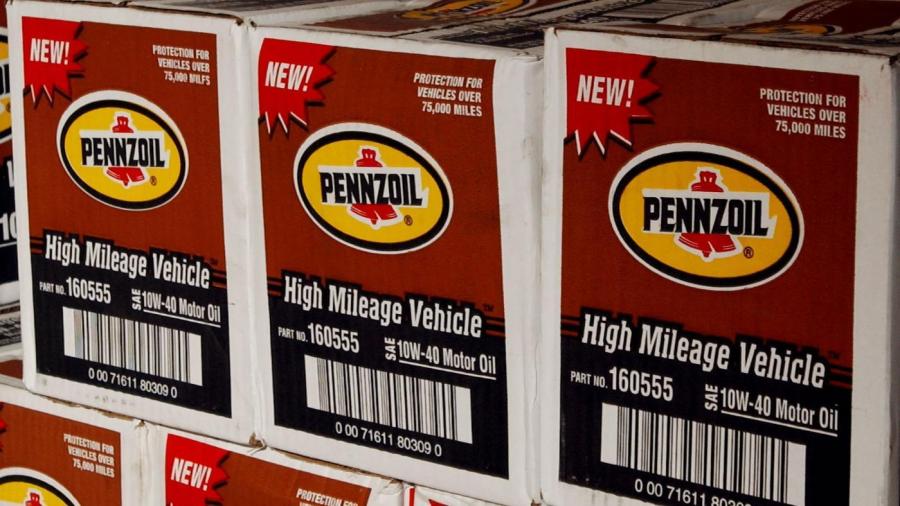What Is the Difference Between 10W-30 and 10W-40?

The main difference between 10W-30 and 10W-40 motor oil is that 10W-40 has a higher viscosity, which means that it will remain thicker at higher temperatures than 10W-30. Viscosity means a liquid’s resistance to flow, and normally a higher viscosity is a good thing for oil, as it acts as a better lubricant and creates a stronger seal.
The viscosity of an engine oil is measured at two different temperatures: zero degrees Fahrenheit and 212 F. The first viscosity reading at zero is represented by the number in front of the W, meaning that both 10W-30 and 10W-40 oil have the same viscosity when cold. The number after the W indicates the viscosity at 212 F, with the number being higher the more viscous the oil is at high temperatures.
While both 10W-30 and 10W-40 are perfectly suited for use in warm environments, many experts recommend switching to a 5W-30 during the winter. This is because it will be slightly thinner at cold temperatures, which allows it to flow more easily through the engine. If the oil is too thick, it can make it difficult for the engine to start and run. This is turn can cause lowered fuel economy and can possibly damage the engine over time.





